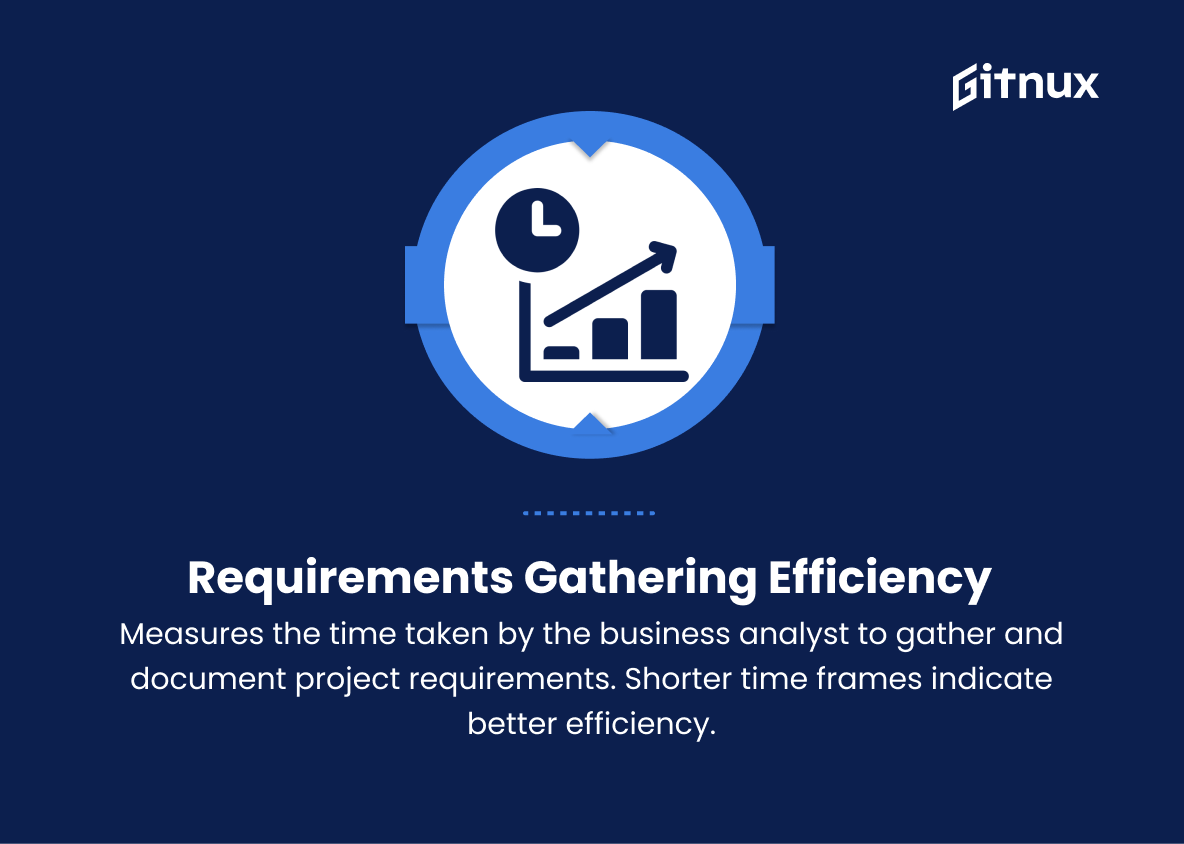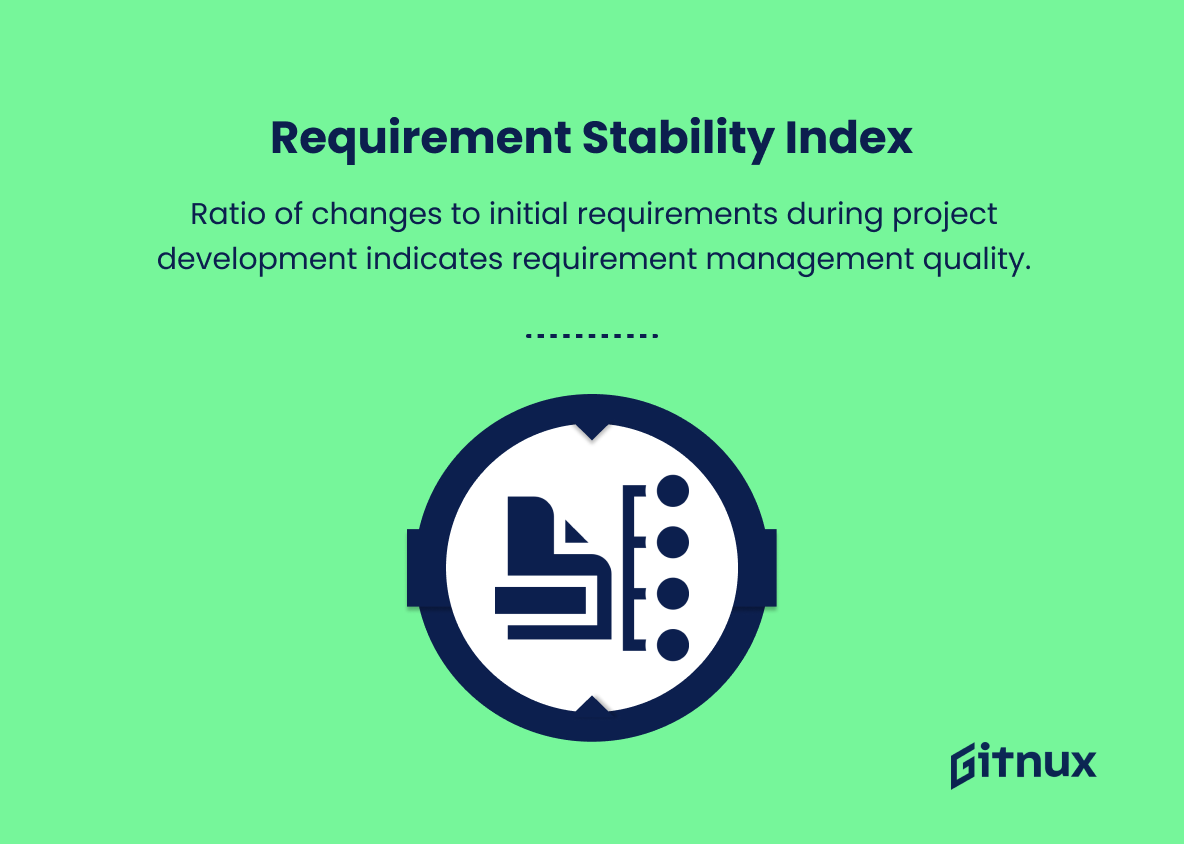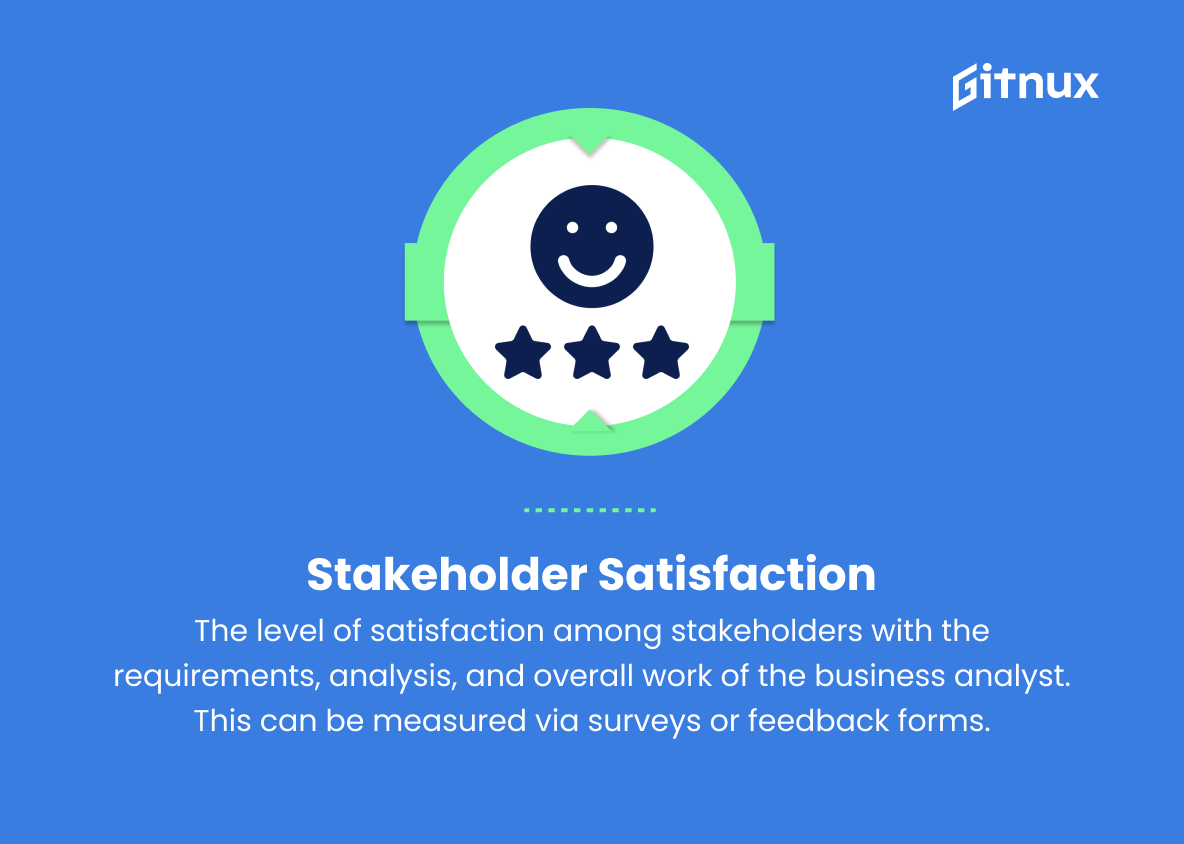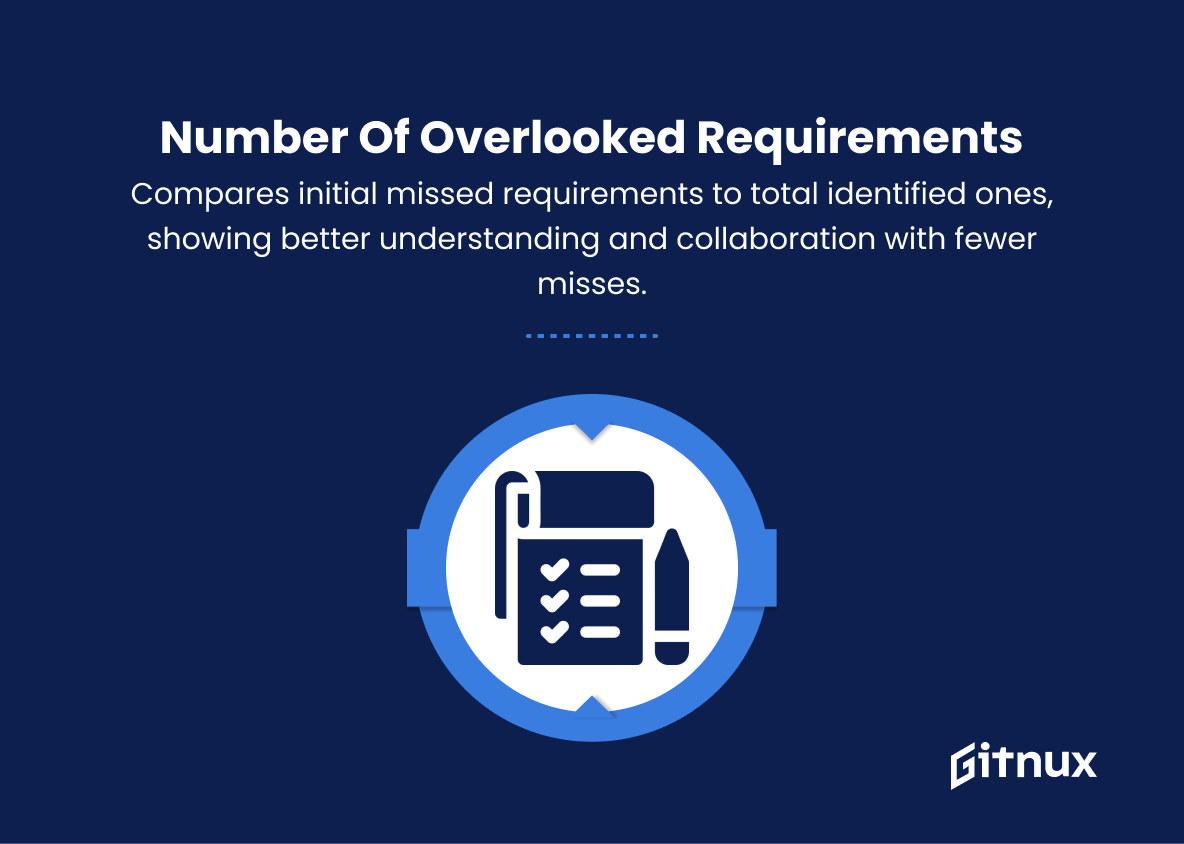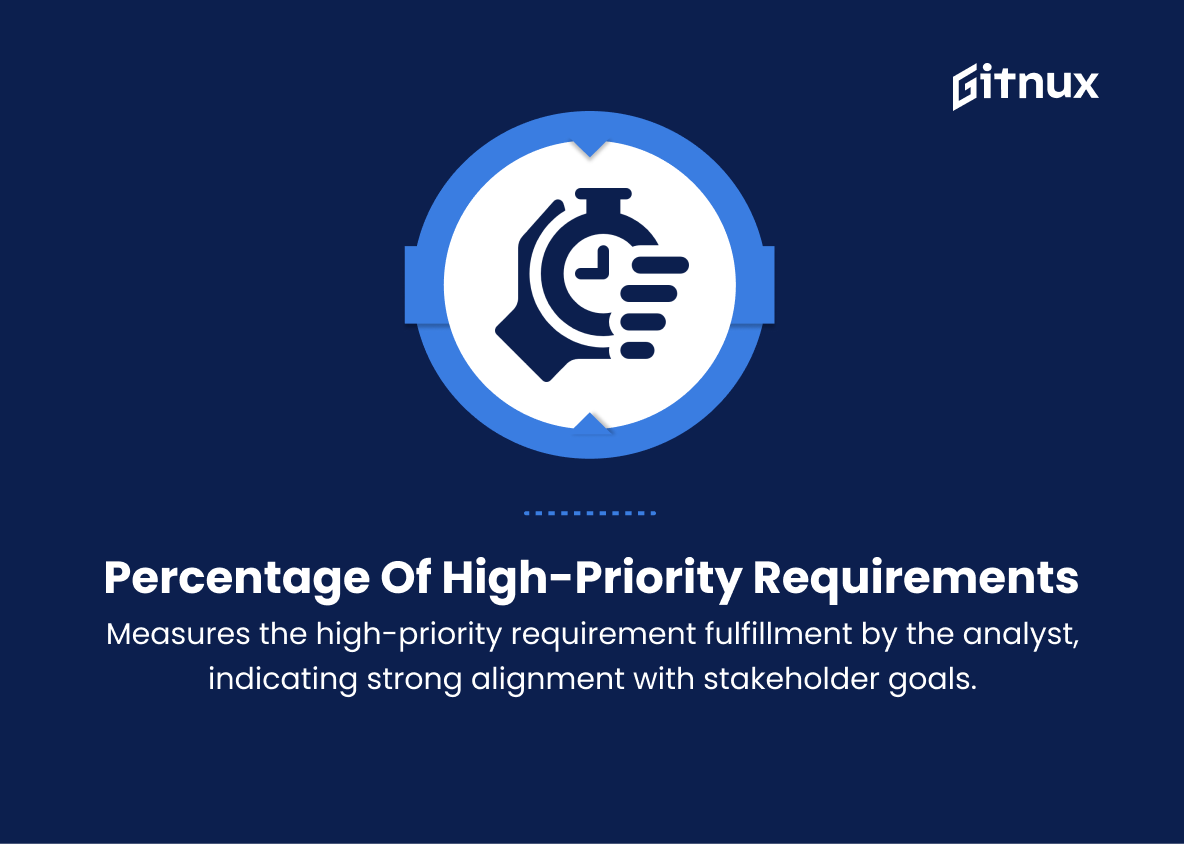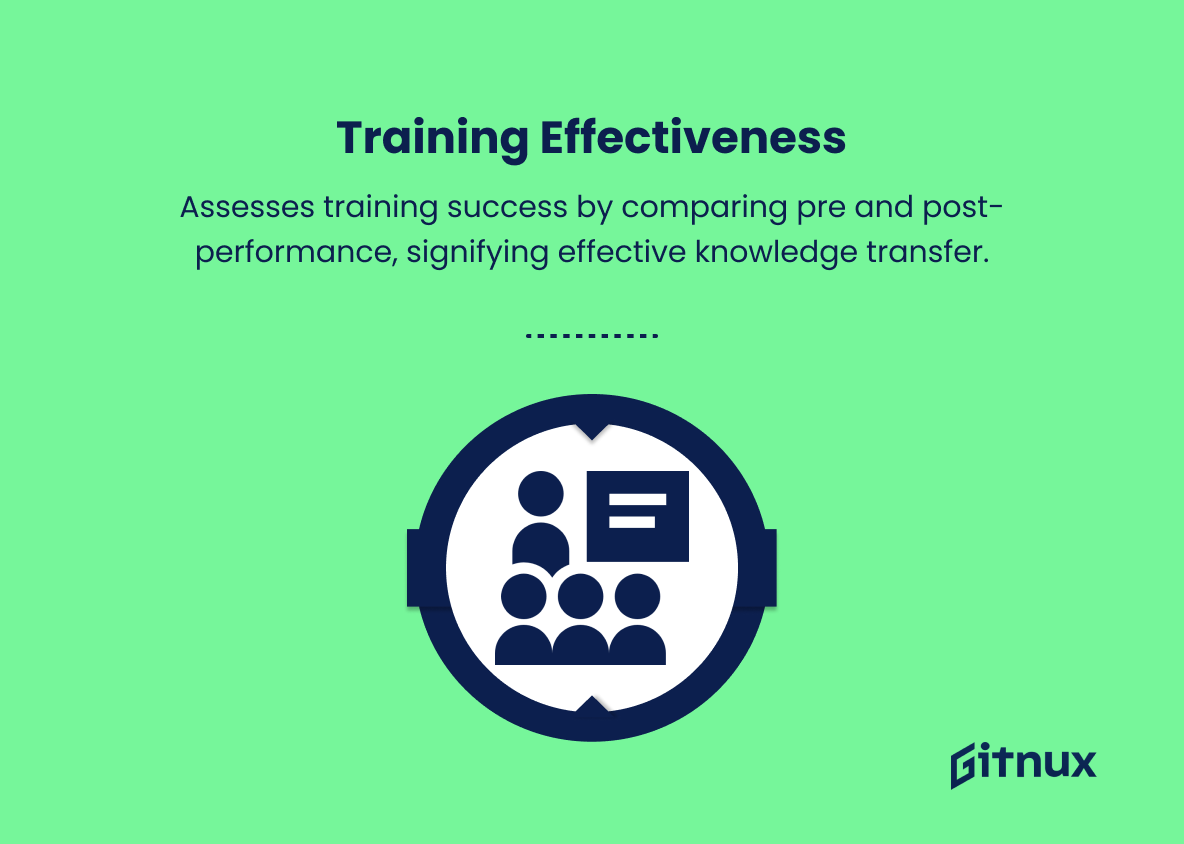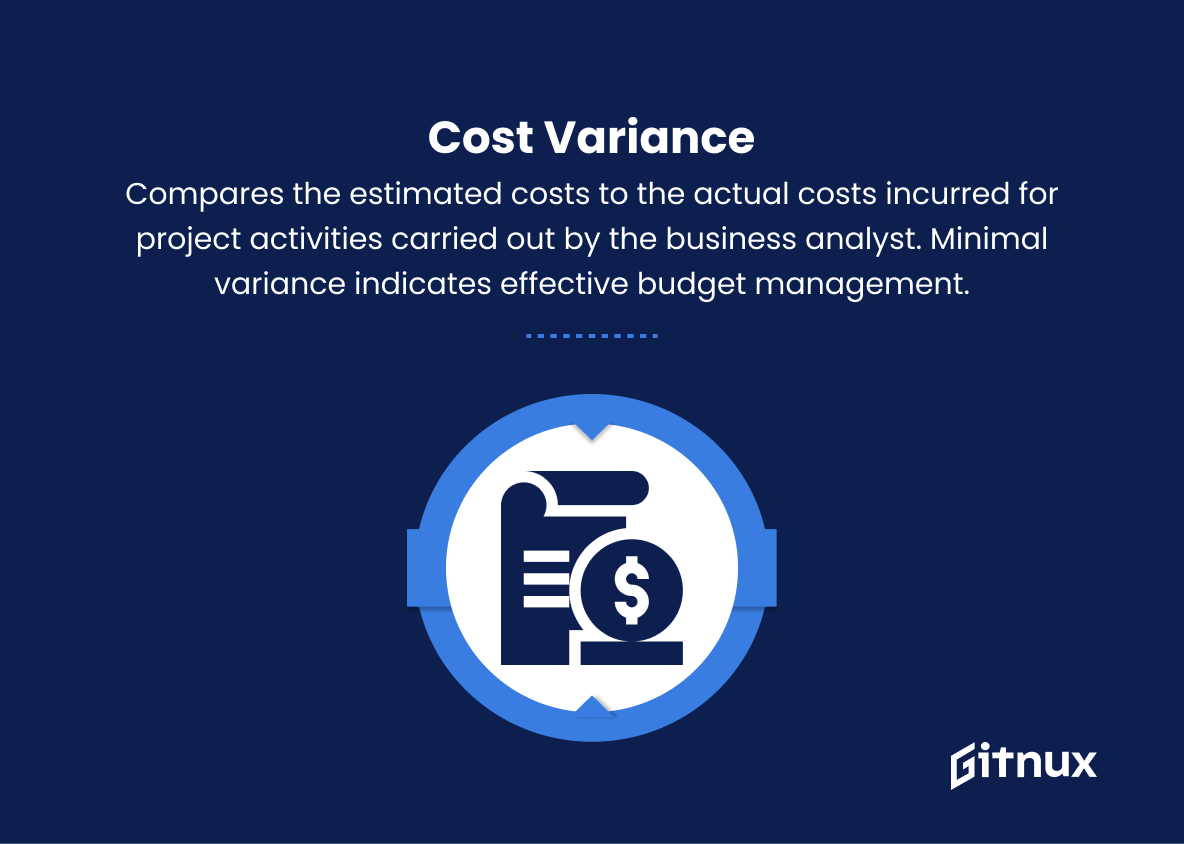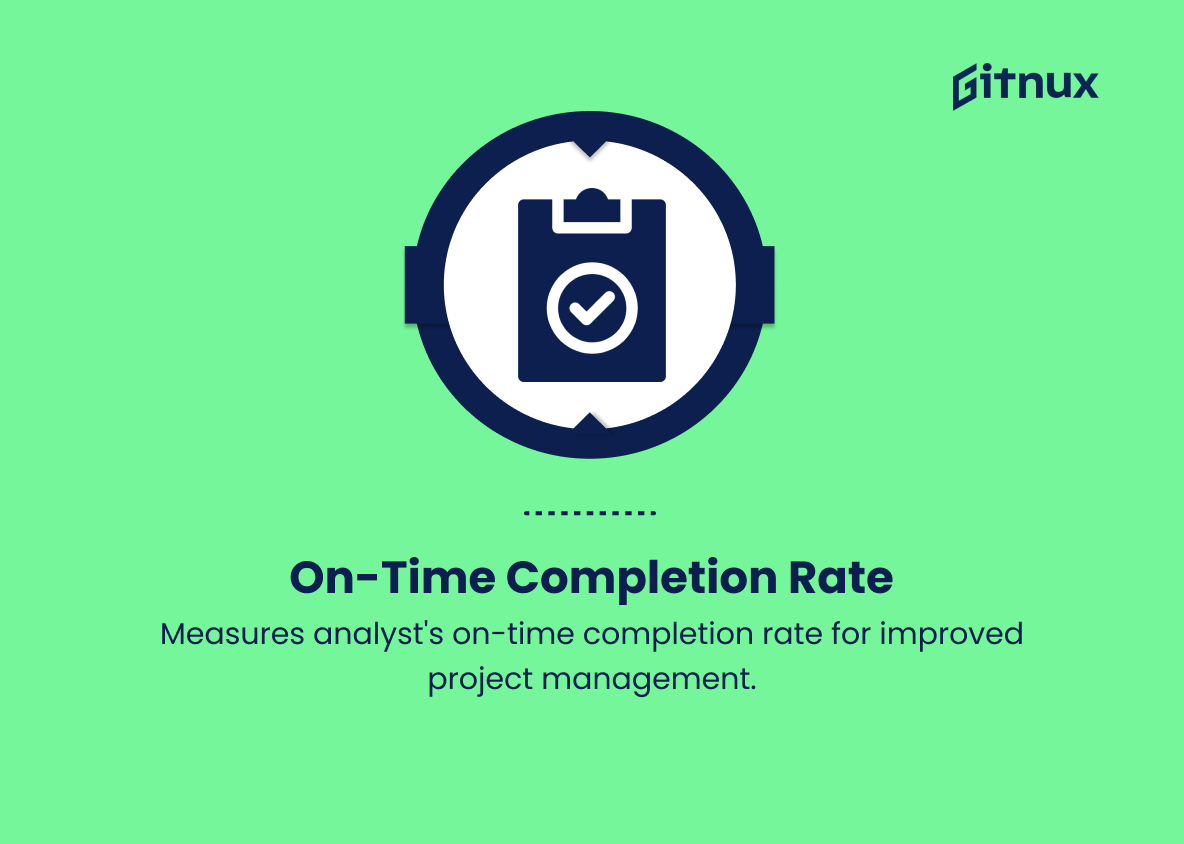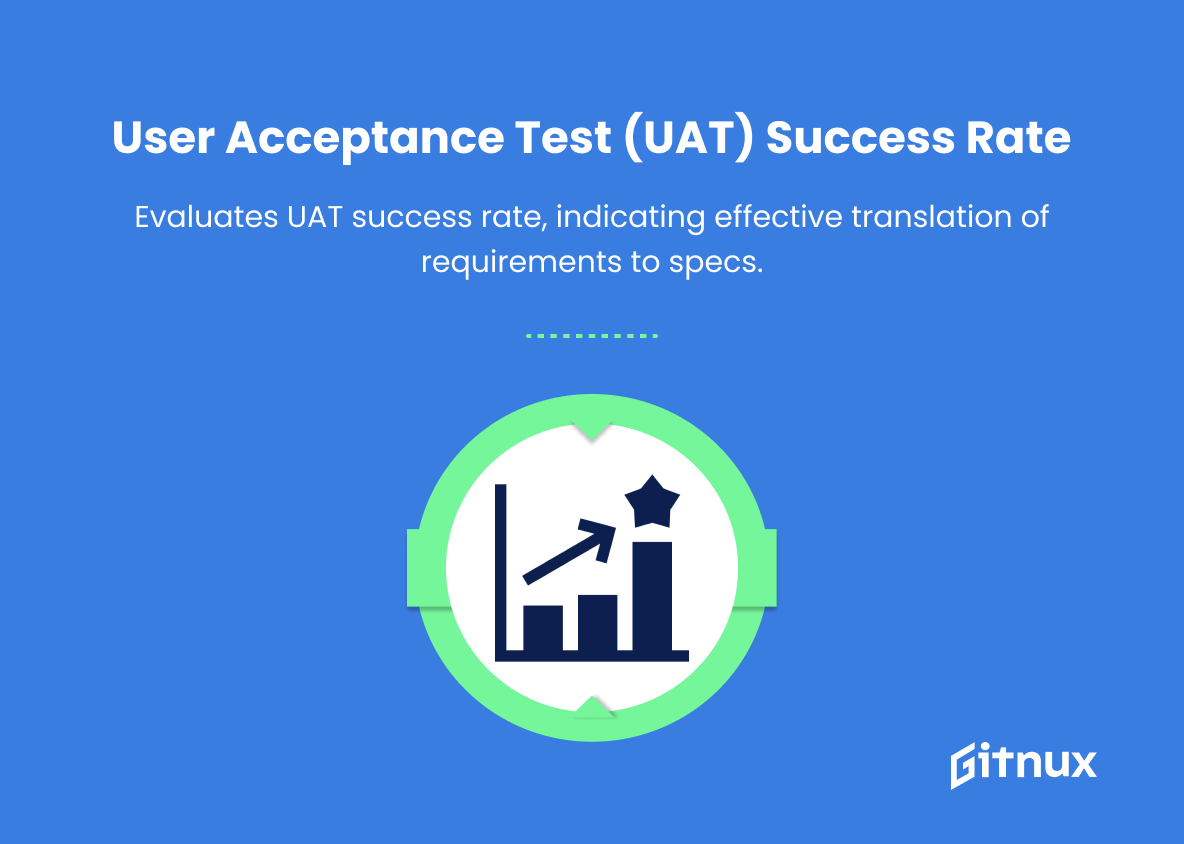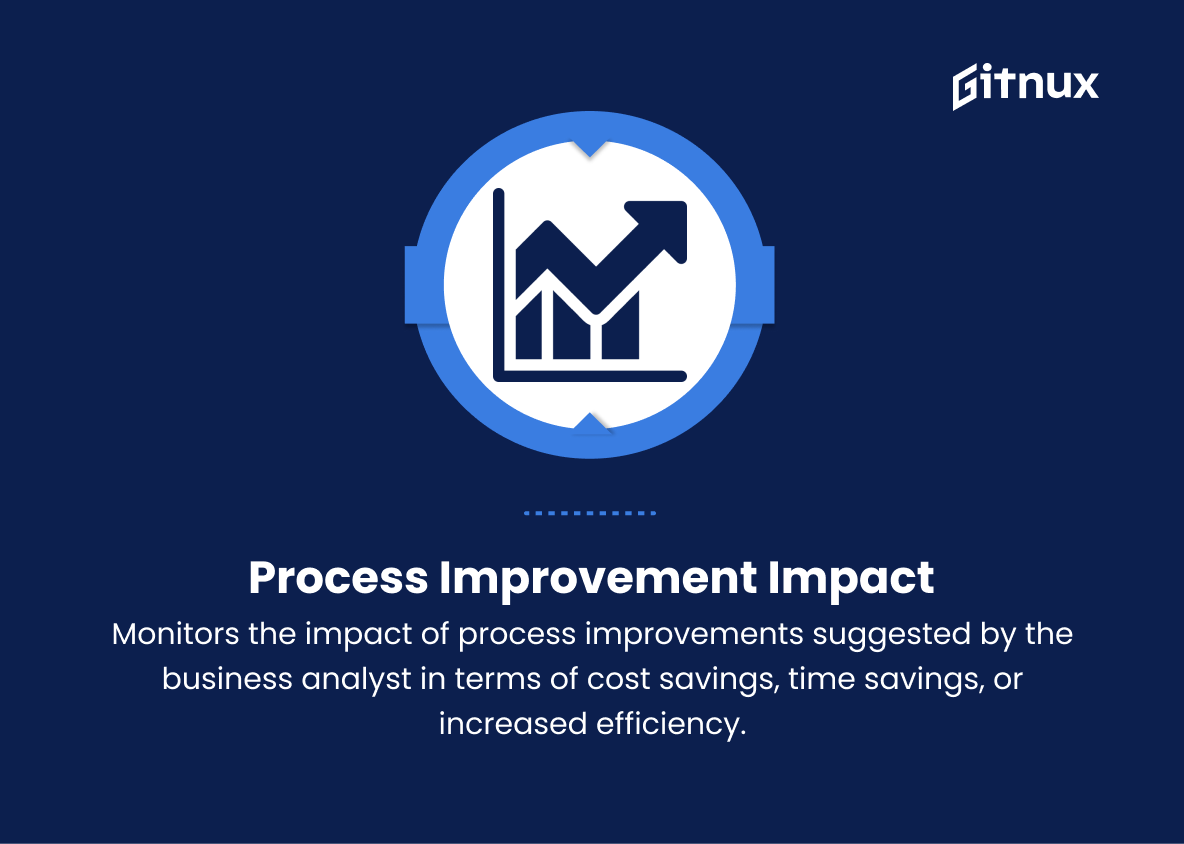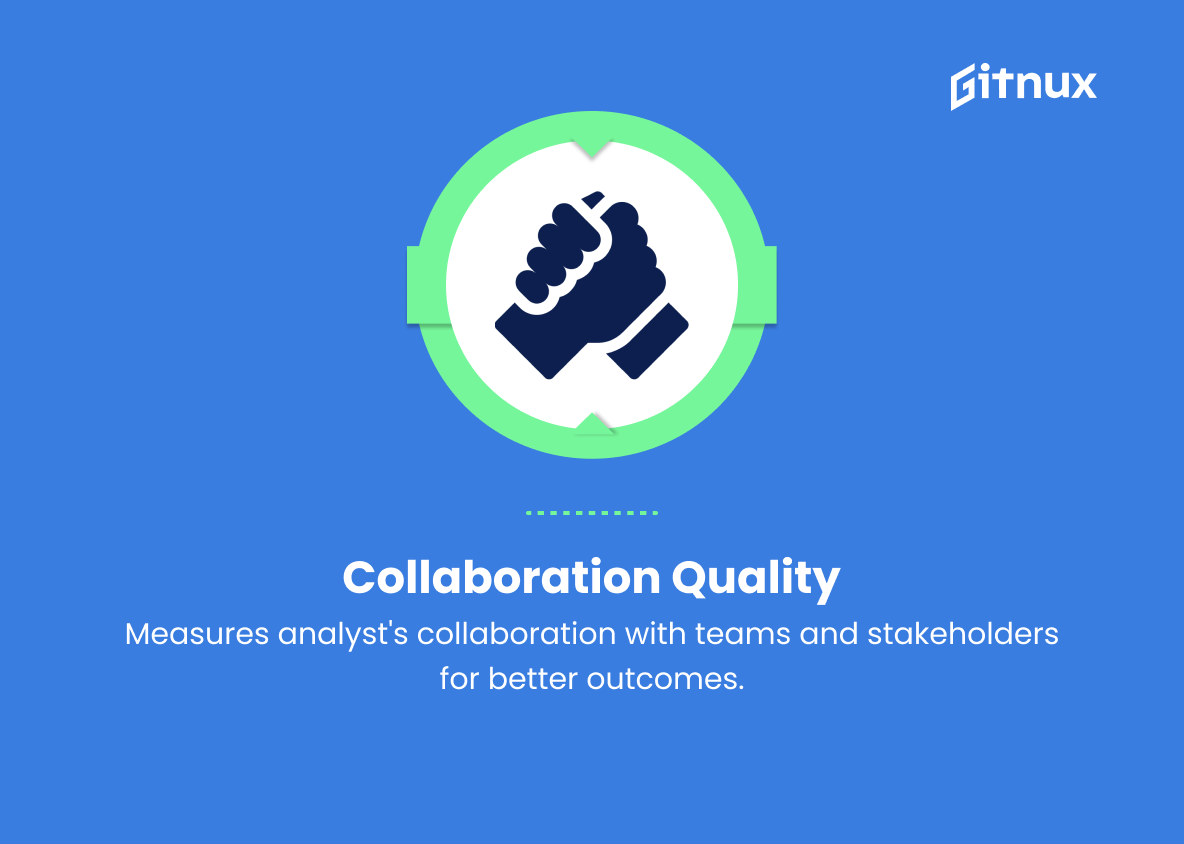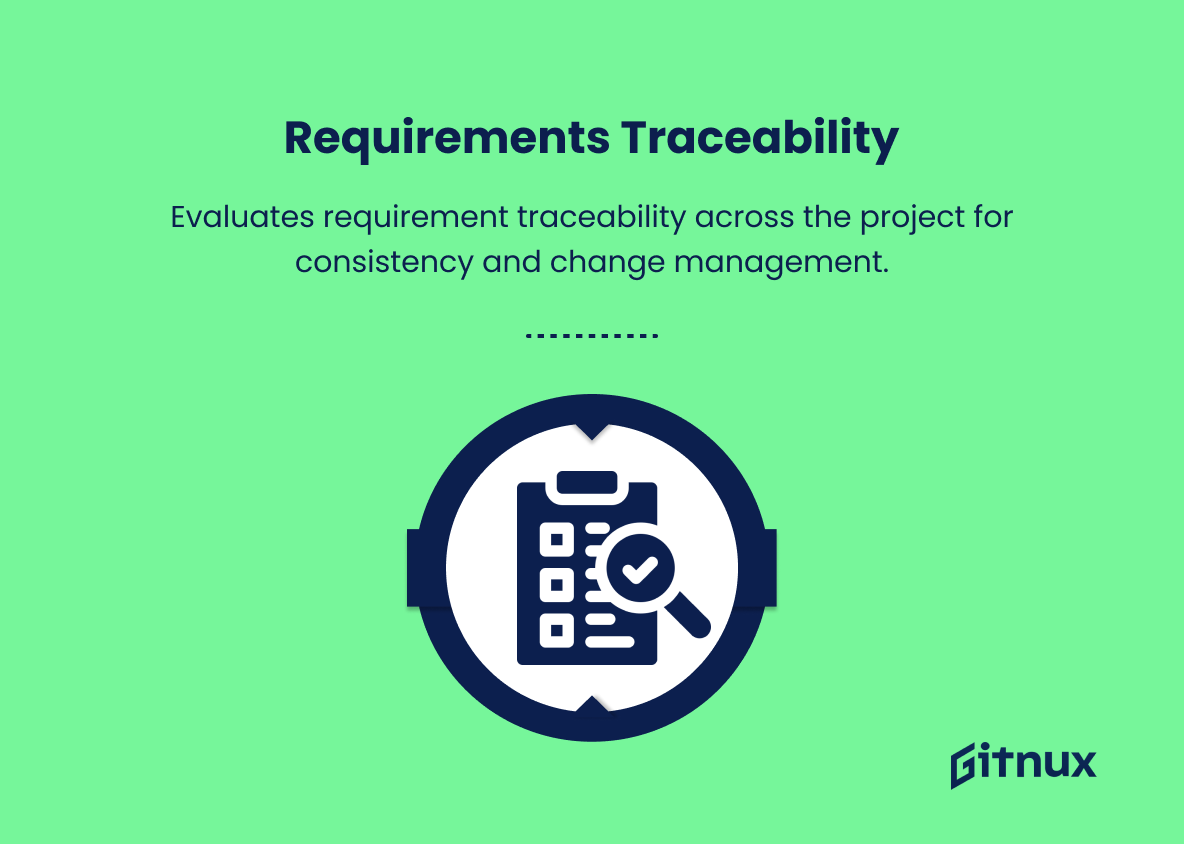In today’s fast-paced business environment, organizations are continuously striving to optimize performance and achieve their strategic goals. Business analysts play a crucial role in this process, as they are entrusted with the responsibility of extracting valuable insights from data and translating them into actionable strategies.
An essential component of evaluating the efficiency and effectiveness of business analysts is through the use of Key Performance Indicators (KPIs). This blog post delves into the world of Business Analyst KPIs, providing a comprehensive understanding of their significance, the top KPIs every organization should track, and how to effectively utilize them for continuous improvement and success.
Business Analyst KPIs You Should Know
1. Requirements gathering efficiency
Measures the time taken by the business analyst to gather and document project requirements. Shorter time frames indicate better efficiency.
2. Requirement stability index
A ratio of the number of changes made to the requirements during the project development lifecycle versus the total number of requirements gathered. A stable index signifies better requirement management.
An essential component of evaluating the efficiency and effectiveness of business analysts is through the use of Key Performance Indicators3. Stakeholder satisfaction
The level of satisfaction among stakeholders with the requirements, analysis, and overall work of the business analyst. This can be measured via surveys or feedback forms.
4. Number of overlooked requirements
Compares the number of requirements missed in the initial requirements gathering phase to the total requirements identified. Fewer overlooked requirements indicate better understanding and collaboration.
5. Requirements validation effectiveness
Measures the percentage of requirements that are accurately validated and confirmed by the stakeholders. Higher percentages show better communication and understanding of stakeholder needs.
6. Change request processing time
Monitors the time taken by the business analyst to process and incorporate change requests into the project. Timely processing ensures minimized delays in the project development cycle.
7. Percentage of high-priority requirements
Measures the proportion of high-priority requirements identified and addressed by the business analyst. A higher percentage indicates better alignment of project goals with stakeholder priorities.
8. Requirements traceability
Evaluates the ability to track the origin and evolution of each requirement through the project lifecycle. Effective traceability is essential for maintaining consistency and managing requirements changes.
9. Issue resolution rate
Monitors how quickly the business analyst addresses and resolves issues that arise during the project. A higher resolution rate signifies better problem-solving and adaptability.
10. Cost variance
Compares the estimated costs to the actual costs incurred for project activities carried out by the business analyst. Minimal variance indicates effective budget management.
11. On-time completion rate
Measures the percentage of milestones and deliverables completed on time by the business analyst. A higher on-time completion rate signifies better project management and prioritization.
12. User acceptance test (UAT) success rate
Evaluates the percentage of UAT cases successfully executed and approved by the stakeholders. Higher success rates suggest that the business analyst has effectively translated the requirements into functional specifications.
Business Analyst KPIs play an essential role in measuring the efficiency and effectiveness of business analysts within an organization.13. Process improvement impact
Monitors the impact of process improvements suggested by the business analyst in terms of cost savings, time savings, or increased efficiency.
14. Training effectiveness
Assesses the success of training initiatives led by the business analyst by comparing participants’ pre-training and post-training performance. Improved performance signifies effective training and knowledge transfer.
15. Collaboration quality
Measures the effectiveness of the business analyst in collaborating with cross-functional teams and stakeholders. High collaboration quality supports better project outcomes and stakeholder satisfaction.
Business Analyst KPIs Explained
The importance of Business Analyst KPIs lies in providing key performance insights that allow businesses to track the efficiency, effectiveness, and success of their business analysts. These KPIs, such as requirements gathering efficiency, requirement stability index, and stakeholder satisfaction, ensure that the analyst accurately identifies and communicates project requirements to stakeholders. Monitoring overlooked requirements, requirements validation, and traceability helps in maintaining requirement consistency and addressing stakeholder priorities.
Assessing change request processing times, issue resolution rates, and on-time completion rates enable effective project management and adaptability in a dynamic environment. Measuring cost variances, user acceptance test success rates, process improvement impact, and training effectiveness aid in validating the overall value and quality of the analyst’s tasks. Lastly, collaboration quality provides insight into the business analyst’s ability to interact with cross-functional teams and stakeholders, fostering better project outcomes and satisfaction.
Conclusion
In conclusion, Business Analyst KPIs play an essential role in measuring the efficiency and effectiveness of business analysts within an organization. By establishing clear and quantifiable KPIs, companies can successfully assess the impact of their business analysts, identify areas for improvement, and drive overall innovation and strategic decision-making.
These KPIs ensure that business analysts align with the organization’s goals, making them invaluable contributors to the team. Incorporating these KPIs into your business processes will lead to better project outcomes, higher stakeholder satisfaction, and the overall growth of your organization. So go ahead, lay the foundation for success by establishing relevant and meaningful KPIs for your business analysts.
